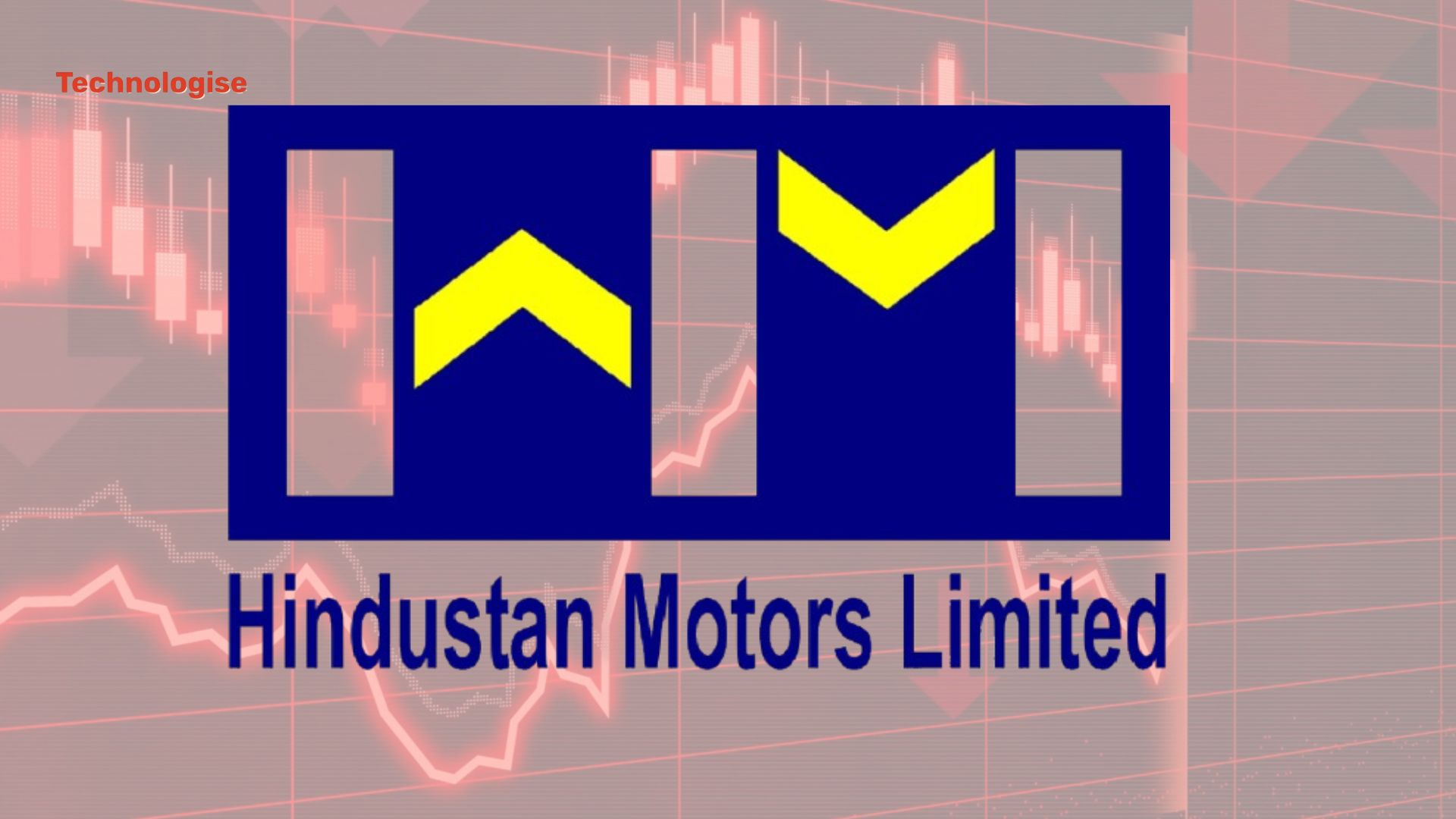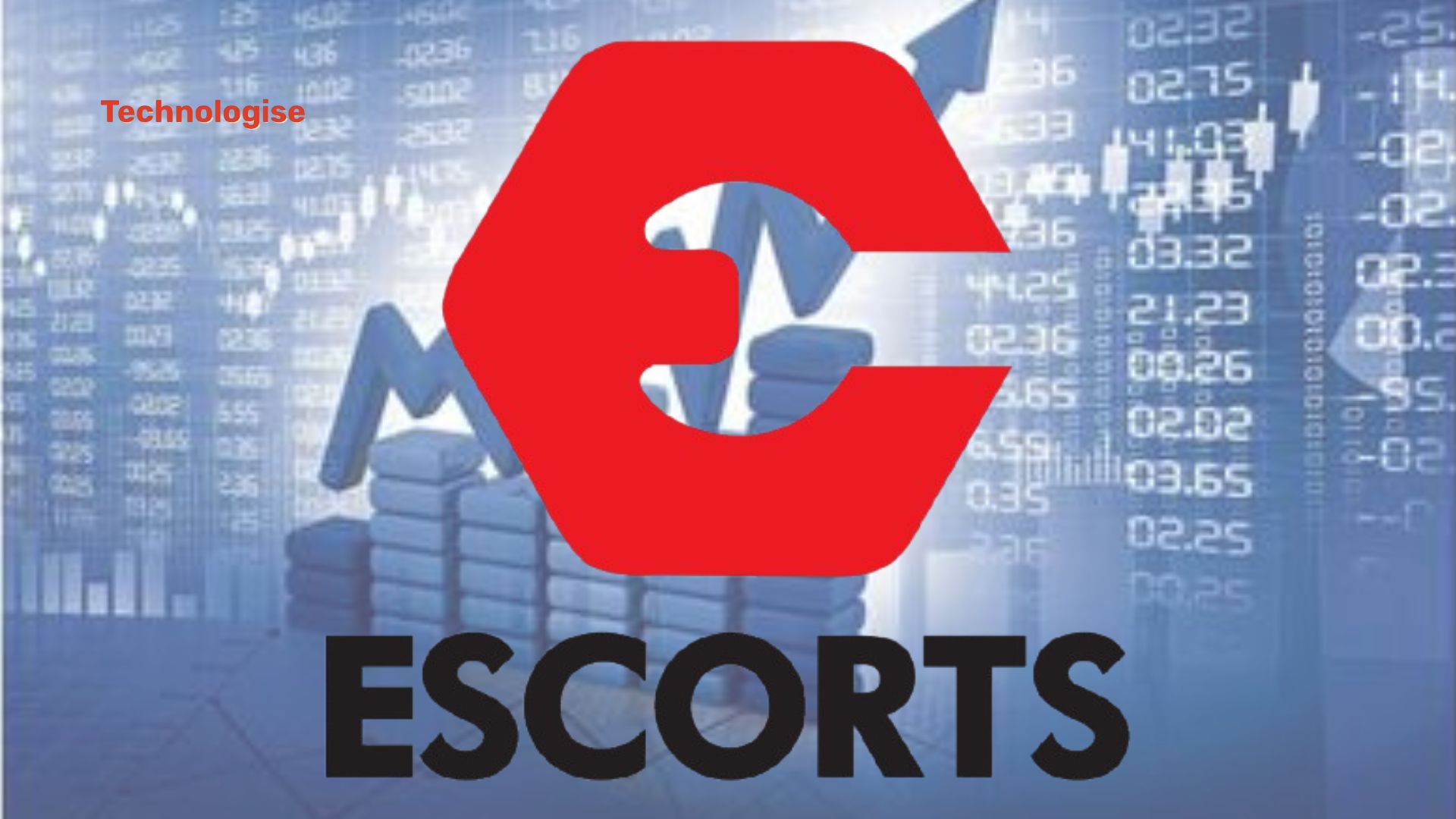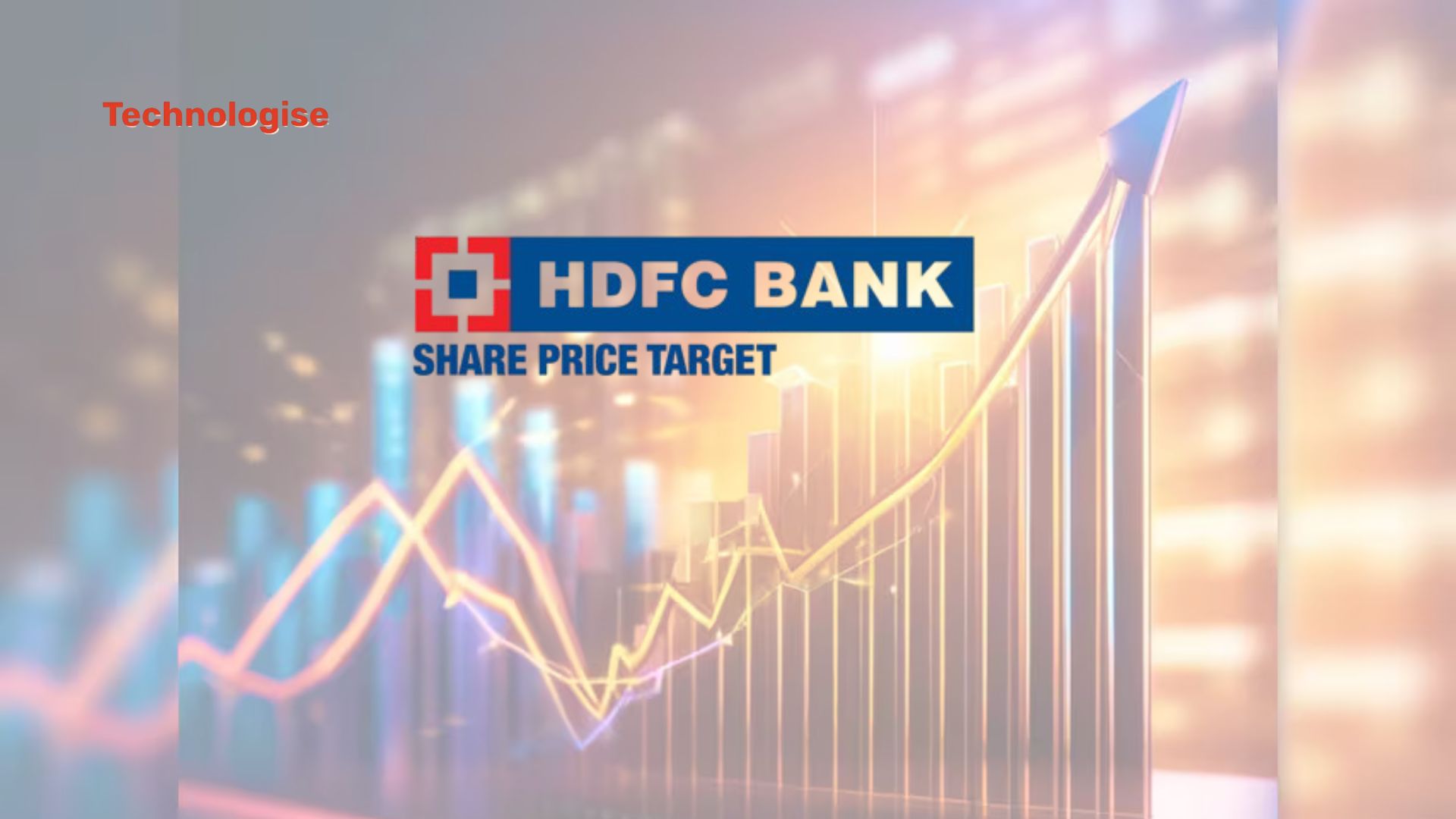Hindustan Motors Share Price Target: Hindustan Motors is projected to reach a share price target of approximately Rs. 50 by 2025, reflecting its current financial performance, anticipated growth opportunities, and the general positive sentiment in the automobile industry. This estimate reflects optimistic projections for steady growth in the upcoming year, with potential price levels expected as follows:
| Month | Share Price Target (Rs.) |
| January | 45 |
| February | 47 |
| March | 49 |
| April | 51 |
| May | 53 |
| June | 55 |
| July | 57 |
| August | 59 |
| September | 61 |
| October | 63 |
| November | 65 |
| December | 67 |
The company’s consistent growth strategy and the increasing optimism in the automobile sector contribute to these anticipated targets. Hindustan Motors Share Price Target
FAQs about Hindustan Motors Share Price Target
What factors are driving Hindustan Motors’ share price target for 2025?
The primary factors are the company’s financial performance, expansion strategies, and an optimistic outlook in the automotive sector, which all contribute to its projected growth.
Is Hindustan Motors a good investment choice for long-term growth?
While this depends on individual investment goals, the upward trend projected for 2025 suggests positive growth potential. Investors interested in the auto sector could see this as an opportunity, but thorough research and consultation are recommended.
How reliable are the month-wise price targets for Hindustan Motors?
These projections are based on current trends and sector growth; however, market conditions, economic shifts, or industry changes can influence actual share prices.
Can Hindustan Motors’ share price exceed Rs. 67 by December 2025?
There is potential for this if the company outperforms its growth expectations or if the auto sector experiences accelerated demand. However, price targets are subject to adjustment based on performance and market trends. Hindustan Motors Share Price Target
What is the biggest risk to Hindustan Motors’ share price growth in 2025?
Key risks include market volatility, competition within the automobile sector, and broader economic factors that may impact demand and investor confidence.




